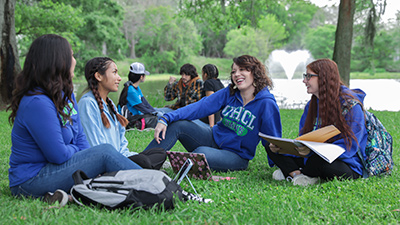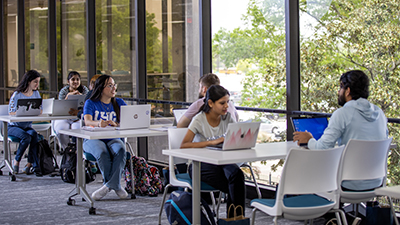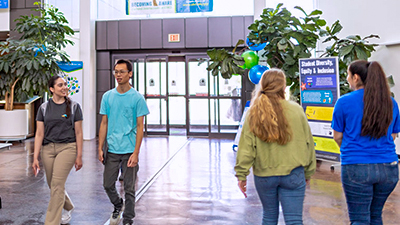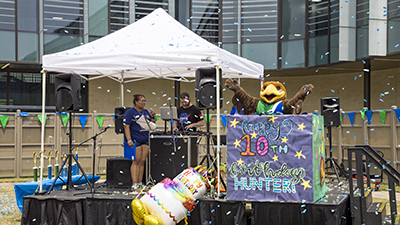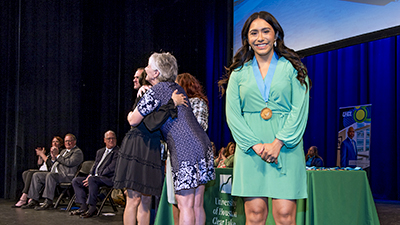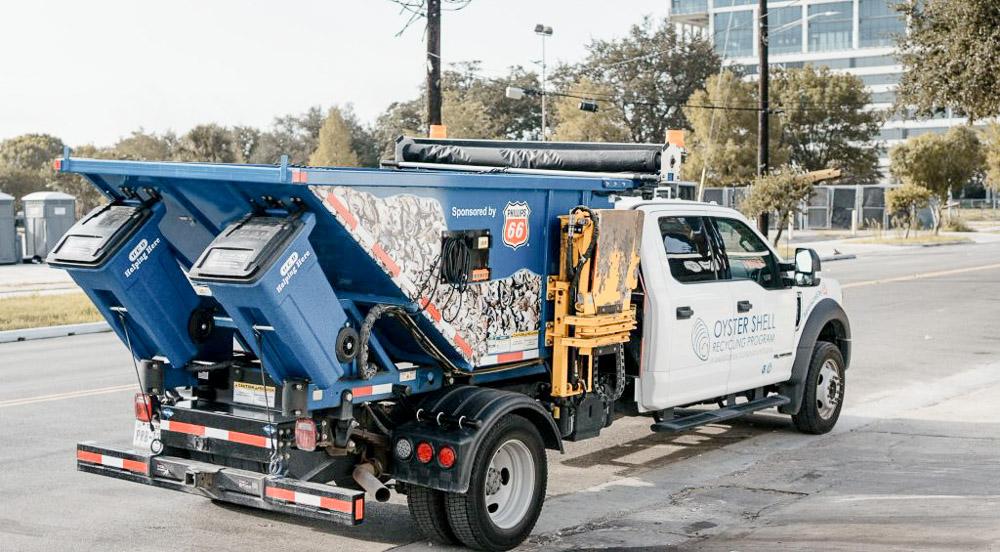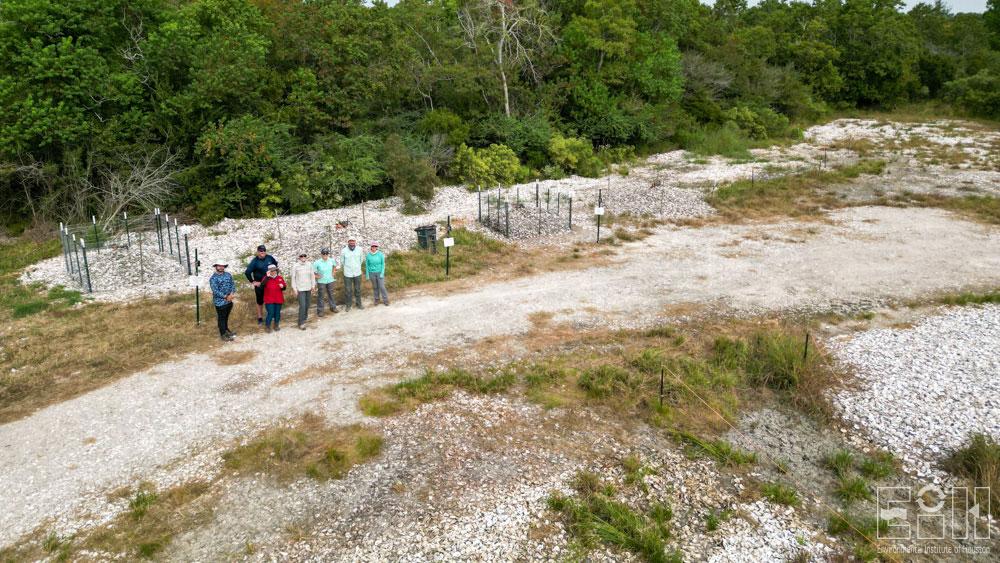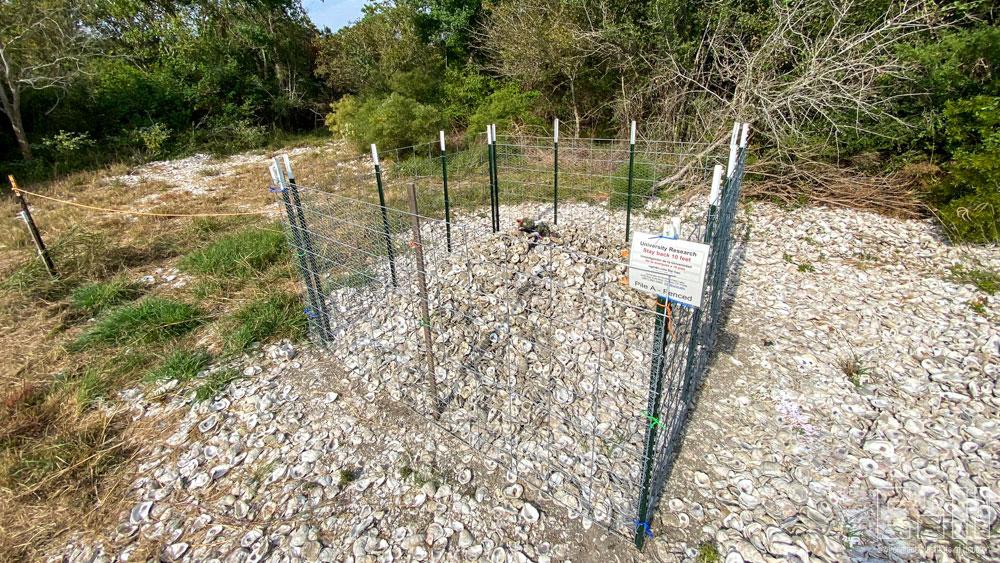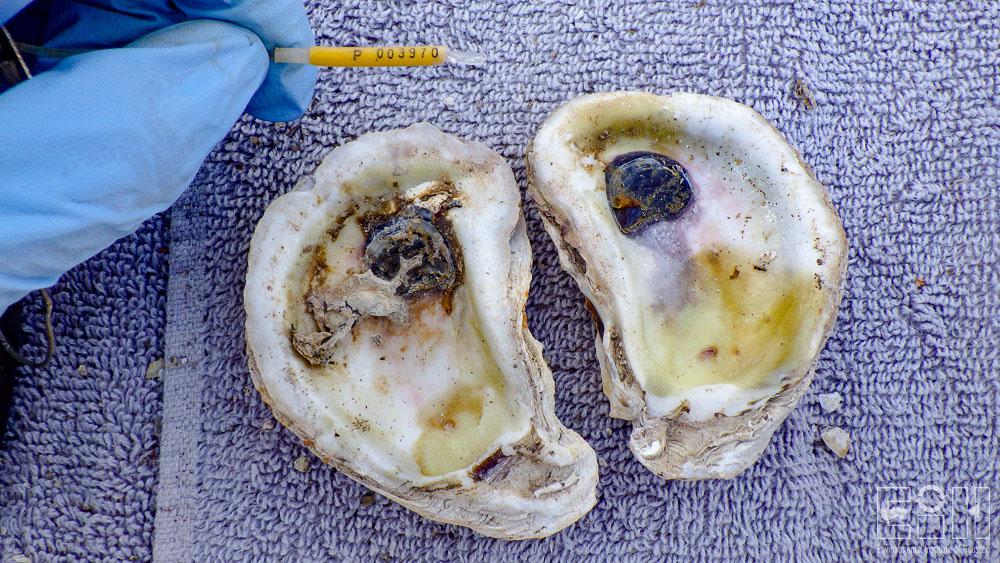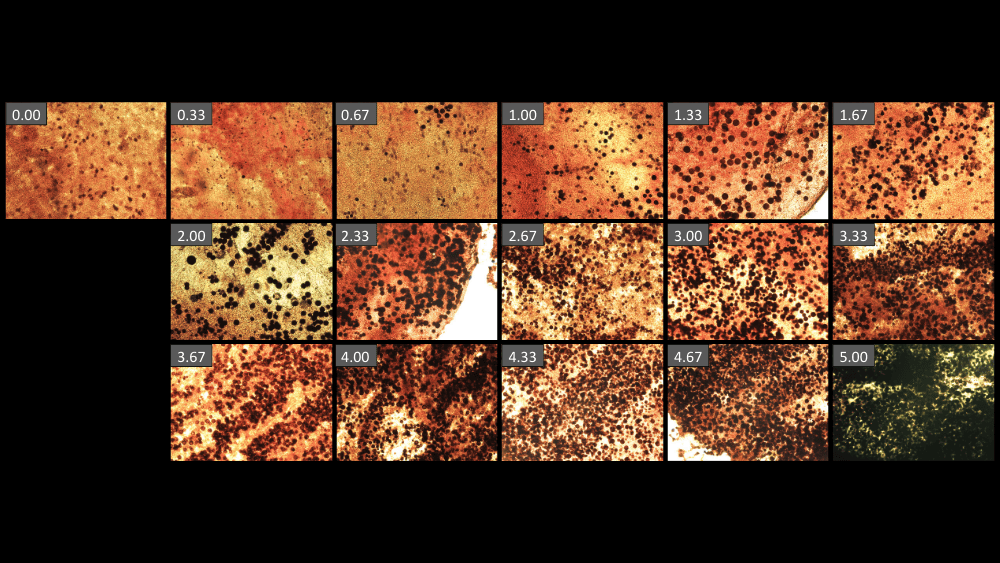
Tracking Perkinsus marinus (Dermo) Infection in Sun Cured Oysters: Informing Oyster Shell Recycling Programs in Galveston Bay
Purpose/Objectives
Through funding from the Galveston Bay and Estuary Program, the Environmental Institute of Houston (EIH) has partnered with the Galveston Bay Foundation (GBF) to track Perkinsus marinus (e.g., dermo) infection rates in sun-cured (e.g., quarantined) recycled oysters. Our primary goal is to evaluate the effectiveness of quarantining recycled oyster shells used in reef restoration efforts to reduce dermo infection in native oyster reefs. We will incorporate oysters from GBF’s Oyster Shell Recycling Program (OSRP) into the project study design. Study results will guide the development of a best management practices (BMPs) document incorporating updated recommendations on these procedures for oyster recycling programs in Texas. Additionally, GBF will provide education and outreach opportunities about oyster quarantine and reef restoration processes to stakeholders and citizens in the greater Galveston Bay area.
The study's objectives are to:
- Characterize current oyster shell recycling practices in Texas.
- Compare background dermo infection prevalence and severity based on source.
- Track the prevalence and severity of dermo infection in quarantined oysters.
- Compare seasonal impacts to dermo infection prevalence and severity in quarantined oysters.
- Support outreach and education related to oyster restoration.
- Create a BMP document with updated reclaimed shell quarantine protocol recommendations, grounded in science, for oyster restoration efforts in Galveston Bay.
Study Area
Galveston Bay Area
Project Period
2024–2026
Description
This project expands on the work of a previous study conducted by EIH, GBF, and the University of Houston entitled "Tracking Perkinsus marinus (Dermo) Infection in Sun-Cured Oysters: Ensuring Safe Oyster Shell Recycling Programs in Galveston Bay." This preliminary study tracked the prevalence of dermo and tissue degradation in oysters quarantined for future use in restoration efforts and examined external variables that may impact the oysters during the quarantine process.
Over the last decade, GBF has expanded its OSRP operations and now collects an average of 150 tons (300,000 pounds) of shells a year from over 30 restaurants ranging from the Inner Loop of Houston to Galveston Island. To date, GBF has collected over 1,500 tons (3,000,000 pounds) of oyster shells and returned approximately 840 tons of these recycled shells to Galveston Bay to help replenish hard substrate and sustain the local oyster population. GBF’s shell-based reef restoration and shoreline protection efforts have resulted in 0.80 acres of oyster habitat creation and 2,600 linear feet of shoreline protection.
The information derived from this project will help ensure that recycled shell free of dermo-infected tissue is returned to Galveston Bay for restoration efforts and to create BMPs for shell recycling programs for other state waters.
